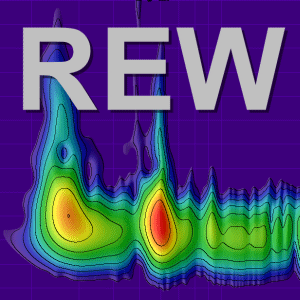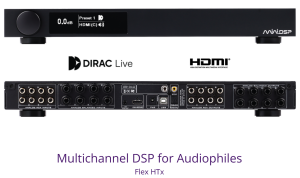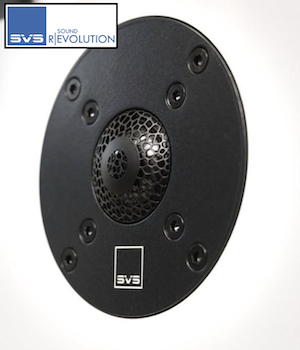I did some measurements, around 28 points, and found that in the 1/1 and 1/3 octave bands, some values of RT20 are larger than RT30 and RT60 results. Some results of RT30 are larger than RT60. What is the reason for these values in 1/1 and 1/3 bonde octaves?
What I know understand that typically RT60 > RT30 > RT20.
I want to know if these phenomene results are correct or not.
By the way, in my full range results, i have RT20 < RT30 < RT60.
I'm asking because I'm confused about the measurements in each 1/1 and 1/3 octave bands.
And does there solution for this situation ?
What I know understand that typically RT60 > RT30 > RT20.
I want to know if these phenomene results are correct or not.
By the way, in my full range results, i have RT20 < RT30 < RT60.
I'm asking because I'm confused about the measurements in each 1/1 and 1/3 octave bands.
And does there solution for this situation ?














